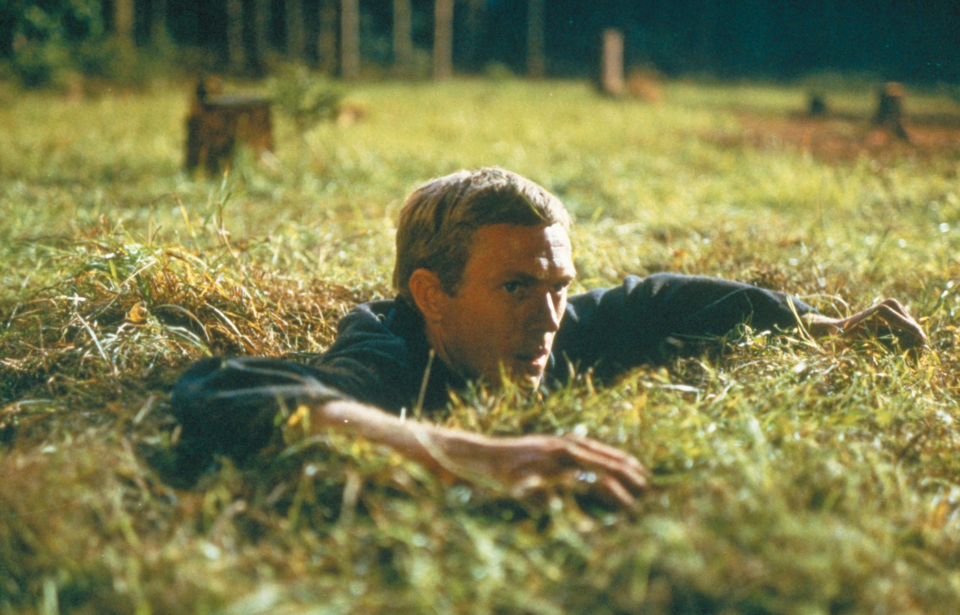The Great Escape (1963) is one of the best war films ever released – that’s not an opinion, it’s a fact. Starring Steve McQueen, Richard Attenborough, Charles Bronson and James Garner, the feature presents a highly fictionalized version of the real-life escape of Allied prisoners from Stalag Luft III during the Second World War.
The following are some little-known facts about The Great Escape, including details about who was initially meant to star in the film (hint: it wasn’t Richard Attenborough).
Richard Attenborough and Steve McQueen didn’t get along
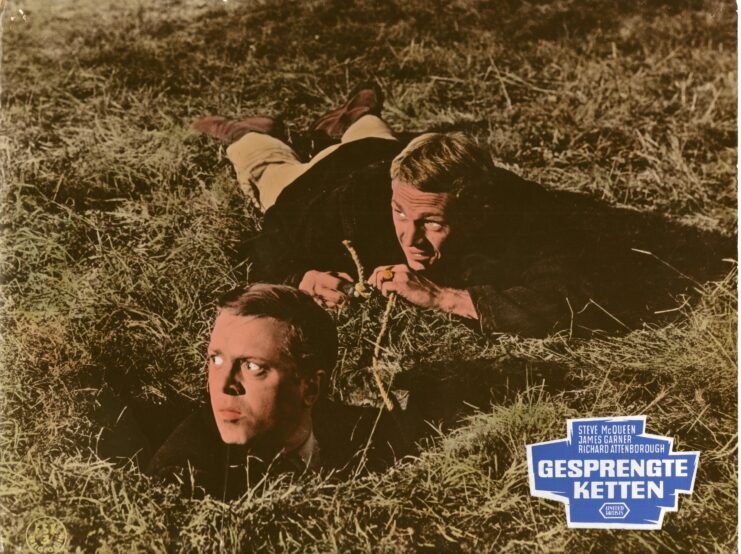
Richard Attenborough and Steve McQueen worked together on not just The Great Escape, but also The Sand Pebbles (1966) – and it turns out the former didn’t particularly like his co-star while filming the 1963 feature.
Speaking about that time years later, Attenborough revealed that working with McQueen on The Great Escape was one of the hardest things he’d ever done and that he and the actor didn’t necessarily get along. This wasn’t, however, because he was an argumentative guy. It was more so he would vocalize whenever something wasn’t to his liking.
The ‘Tunnel King’ served as a consultant on The Great Escape
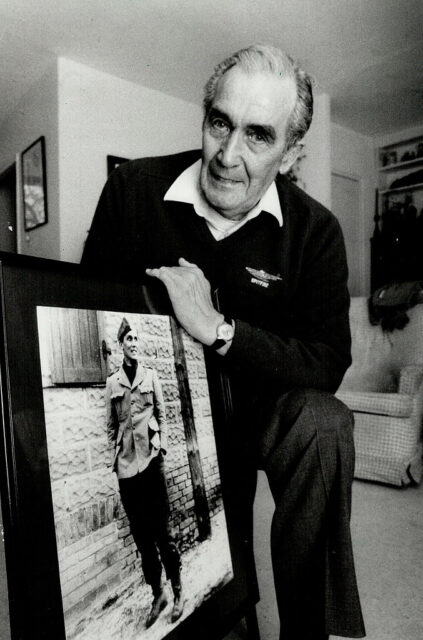
While a fictionalized account of the escape from Stalag Luft III, the fact remains that director John Sturges wanted to bring as much authenticity as possible to The Great Escape. That’s why he enlisted the help of Wally Floody, the Canadian fighter pilot who played a key role in the organizing and planning of the real-world escape from the German prisoner of war (POW) camp.
While he didn’t participate in the escape, as he’d been transferred to another camp in Belaria by the time it occurred, Floody had been tasked with digging the tunnels and ensuring they had adequate camouflage. He later gave evidence of the conditions at the camps at the Nuremberg Trials in 1945-46.
For The Great Escape, he was hired as a consultant and spent upwards of a year working on the film.
Donald Pleasence was a prisoner of war (POW) during World War II
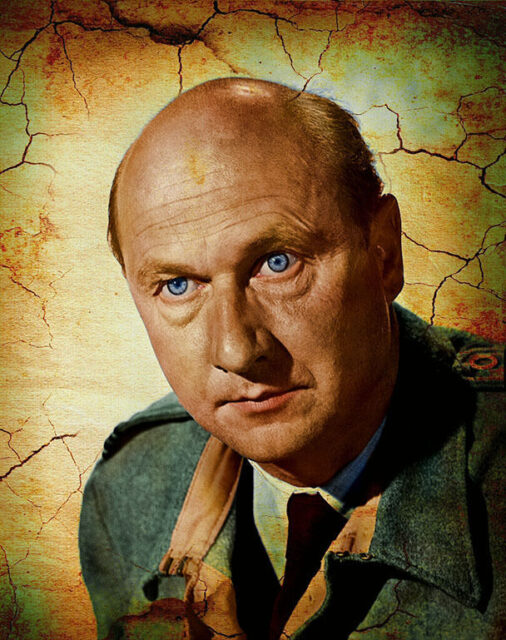
Donald Pleasence may be best known for portraying Flight Lt. Colin “The Forger” Blythe in The Great Escape, but a little-known fact about the actor is that he was real-life prisoner of war during the Second World War.
Early on in the conflict, Pleasence had been a conscientious objector, but the Blitz, which saw the Germans conduct unrelenting air raids against the United Kingdom, caused him to change his tune. He enlisted in the Royal Air Force (RAF) and served as an aircraft wireless operator and gunner until the Lancaster NE112 he was aboard crashed in France, at which point the Germans took him as a POW.
Pleasence was held at Stalag Luft I until the close of the war, along with 9,000 other Allied troops. While biding his time, he used his acting skills to keep the other prisoners entertained.
Arrested for speeding
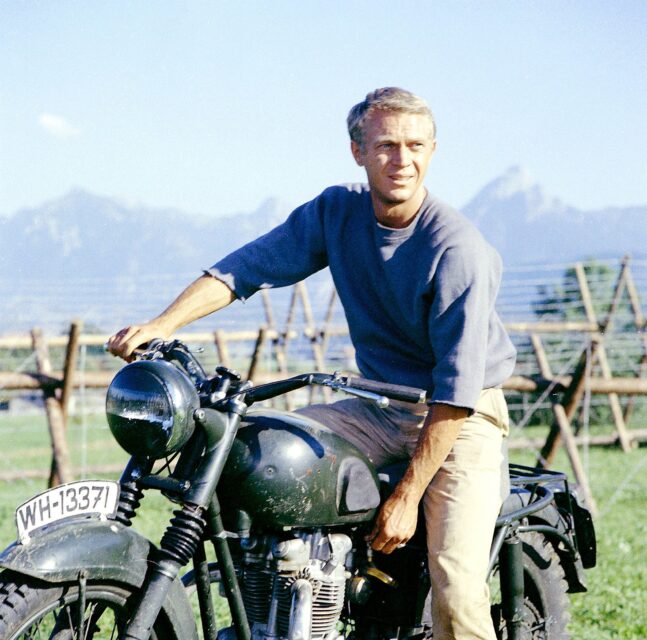
While filming in Germany, a number of the cast members and film crew were caught speeding by local authorities. The police set up a speed trap along the road, knowing full well they’d catch more than a few individuals breaking the law while driving to set.
Among those pulled over was Steve McQueen, who earned a special distinction. According to reports, the chief of police told the actor upon stopping him, “Herr McQueen, we have caught several of your comrades today, but you have won the prize,” as he’d been going the fastest of them all. He was arrested on the spot and briefly jailed.
Capt. Virgil Hilts was based on three real-life pilots
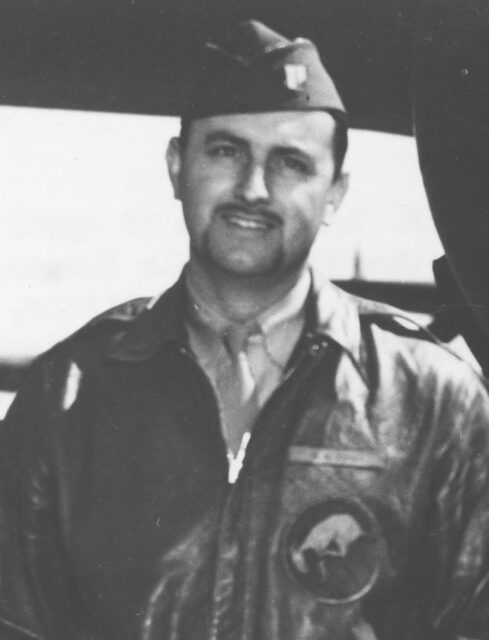
The character of Capt. Virgil “The Cooler King” Hilts is based on at least three different pilots who served during World War II. Among them was David M. Jones, who served with the US Army Air Corps (and, later, the US Army Air Forces). He was one of the Doolittle Raiders, and was shot down and captured over North Africa, which led to his imprisonment at Stalag Luft III. He was among those involved in the 1944 escape.
Royal Canadian Air Force pilot Bill Ash was known for his frequent escapes from prisoner of war camps, having been captured by the Germans in Paris after he’d made his way there following his Supermarine Spitfire being shot down over France. He was also twice sentenced to death by the Gestapo for being a spy, but was spared after the Luftwaffe took him as their prisoner.
The final pilot Hilts is known to be based on is John Dortch “Bootie” Lewis Sr., an American airman who was caught three times trying to escape from Stalag Luft III. He was successful on his fourth attempt, and later said his primary motivation was that he “just wanted to come home.”
James Garner drew upon his own wartime experiences
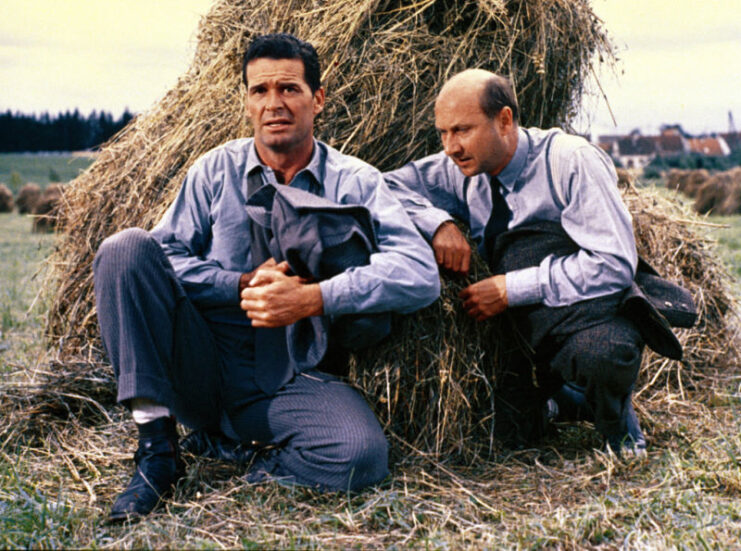
James Garner portrays Flight Lt. Bob “The Scrounger” Hendley in The Great Escape, and did you know that he actually based the character on his own wartime experiences? He served in Korea with the 5th Regimental Combat Team, 24th Infantry Division as part of the Army National Guard and was a two-time Purple Heart recipient.
While serving overseas, Garner was known for being a scrounger, and it was this experience in the field that helped him bring authenticity to the role of Hendley!
A love triangle of sorts
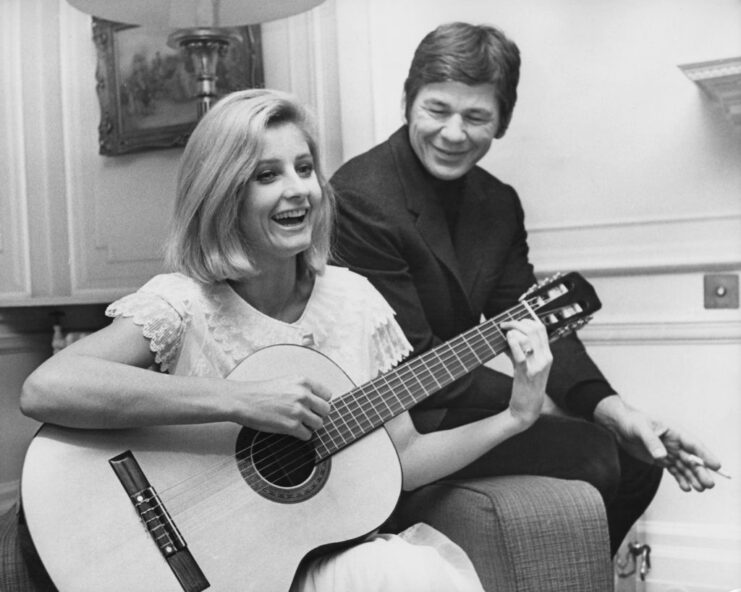
Nothing can keep the heart from what it wants, even if that means telling a man you love his wife. That’s exactly what happened between Charles Bronson and David McCallum. While filming The Great Escape, Bronson met McCallum’s wife, Jill Ireland. It was love at first sight, with the former telling his co-star, “I’m going to marry your wife.”
Sure enough, that’s exactly what Bronson did. McCallum and Ireland divorced in 1967, and she and Bronson wed the following year. It seemed to be a match made in heaven, with the pair remaining married until Ireland’s death in 1990.
There was one stunt Steve McQueen wasn’t allowed to perform
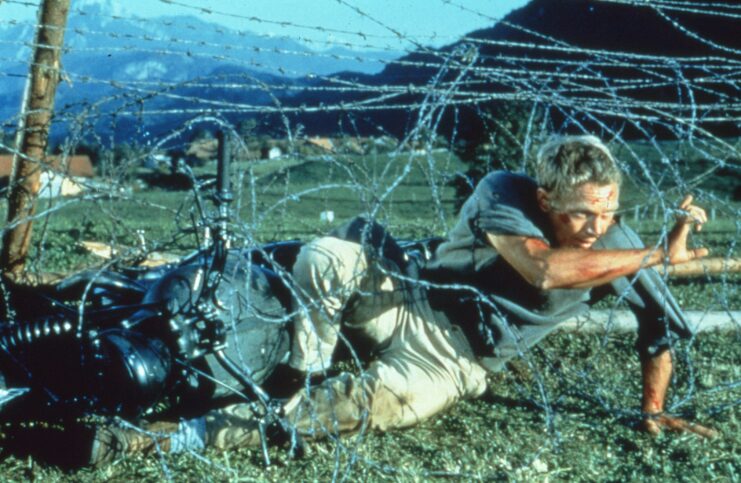
It’s a known fact that Steve McQueen only agreed to star in The Great Escape if he was allowed to do tricks on his motorcycle, meaning the majority of the stunts performed by Capt. Virgil “The Cooler King” Hilts” were actually done by the star. However, there was one the insurance company wouldn’t allow him to perform – and it was the coolest of the entire film.
The stunt in question is when Hilts makes a five-foot jump over the fence. While McQueen had attempted it on his own time, he’d actually crashed, so it’s probably good that they had stuntman Bud Ekins perform it for the actor. The filming of the scene was so good that it appeared as though McQueen himself had done it, with the actor having to tell Johnny Carson, “It wasn’t me. It was Bud Ekins.”
Respecting the wishes of the real-life prisoners of war (POWs)
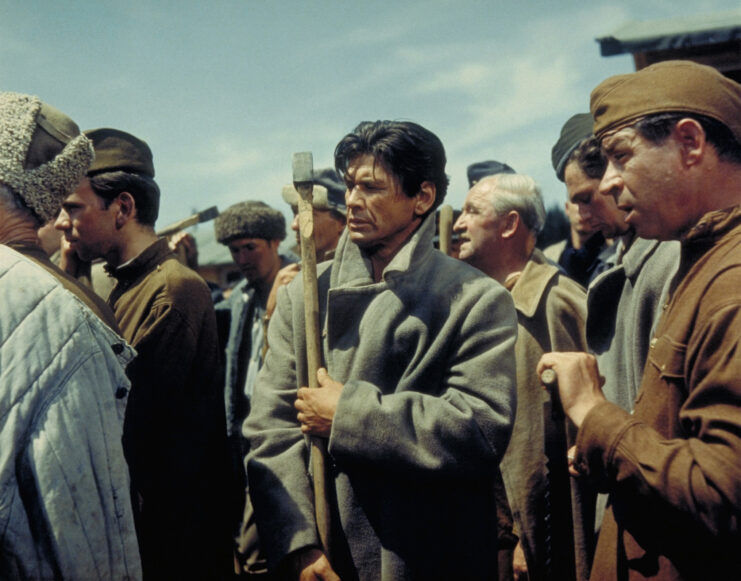
While the film is about fictional prisoners of war, as aforementioned, The Great Escape is based on the brave actions of real-life POWs, and the production took into account their wishes.
As revealed in The Great Escape: Heroes Underground documentary, former POWs had requested that some details about the help they received from their home nations be omitted, to protect future escapes, should they need to happen. Among the parts left out included maps, tools and papers, all of which were hidden in gifts.
Not really German aircraft – but that’s an authentic portrayal
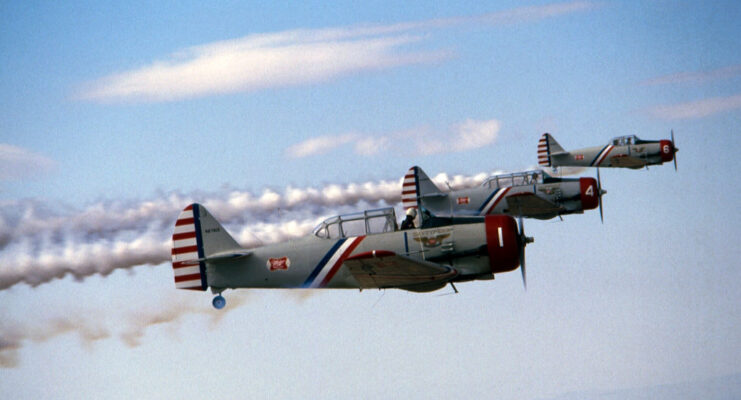
If you look closely, you’ll notice that the majority of the aircraft parked on the tarmac at the German airfield are North American AT-6 Texans, painted in the Luftwaffe‘s color scheme. While this might appear odd, it actually isn’t, and the aircraft being there adds authenticity to the set.
It’s reported that the Germans used the AT-6 as a trainer, meaning it would have been feasible that they’d have the captured aircraft at their airfields.
Richard Harris was originally cast as Squadron Leader Roger Bartlett
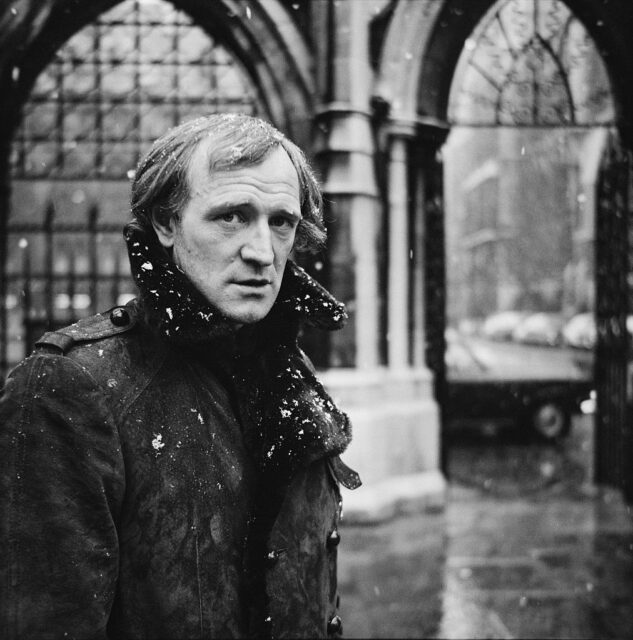
Prior to Richard Attenborough being cast as Squadron Leader Roger “Big X” Bartlett in The Great Escape, Richard Harris was originally slated to take on the role. The actor, who by then was no stranger to the war genre, having appeared in The Guns of Navarone (1961), had to unfortunately drop out when filming for The Sporting Life (1963) fell behind schedule.
More from us: Mel Brooks: The Famed Jewish Comedian Who Fought the Germans In Europe
What was a scheduling conflict for Harris turned out to be an opportunity for Attenborough, who wound up being cast in the part, albeit quite last minute. How’s that for an interesting fact about The Great Escape!
